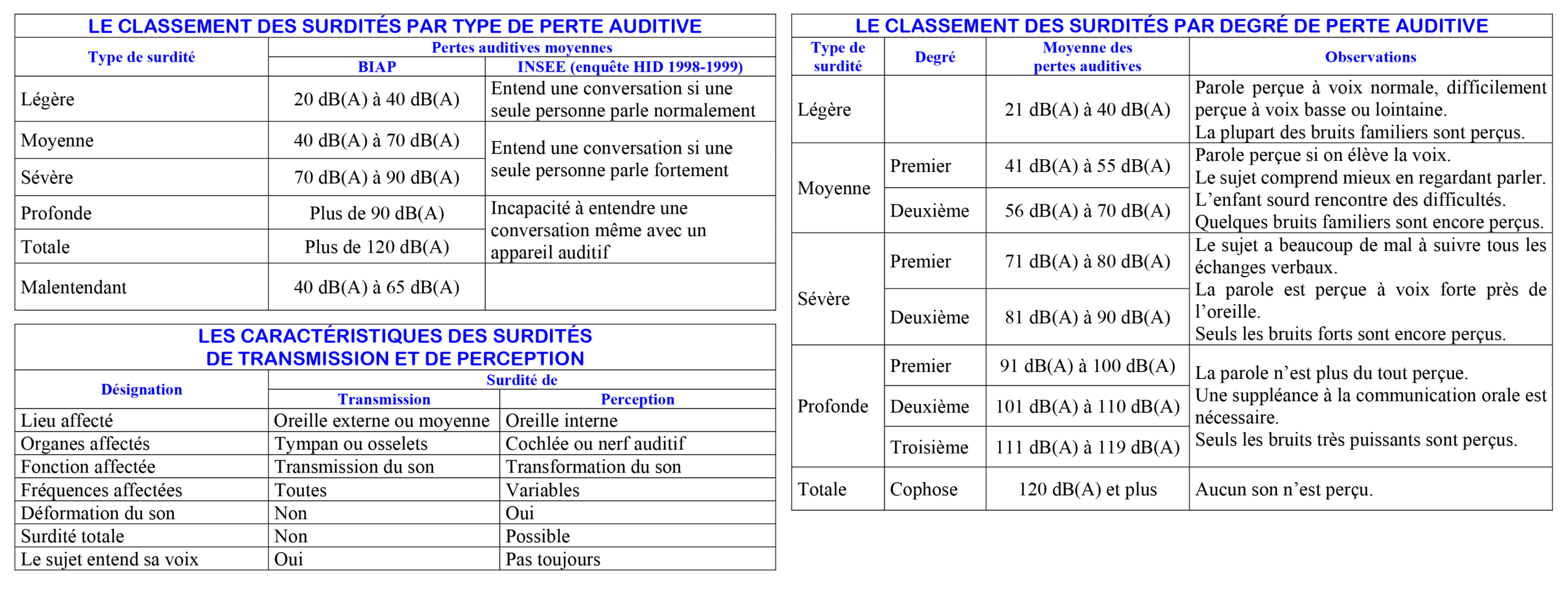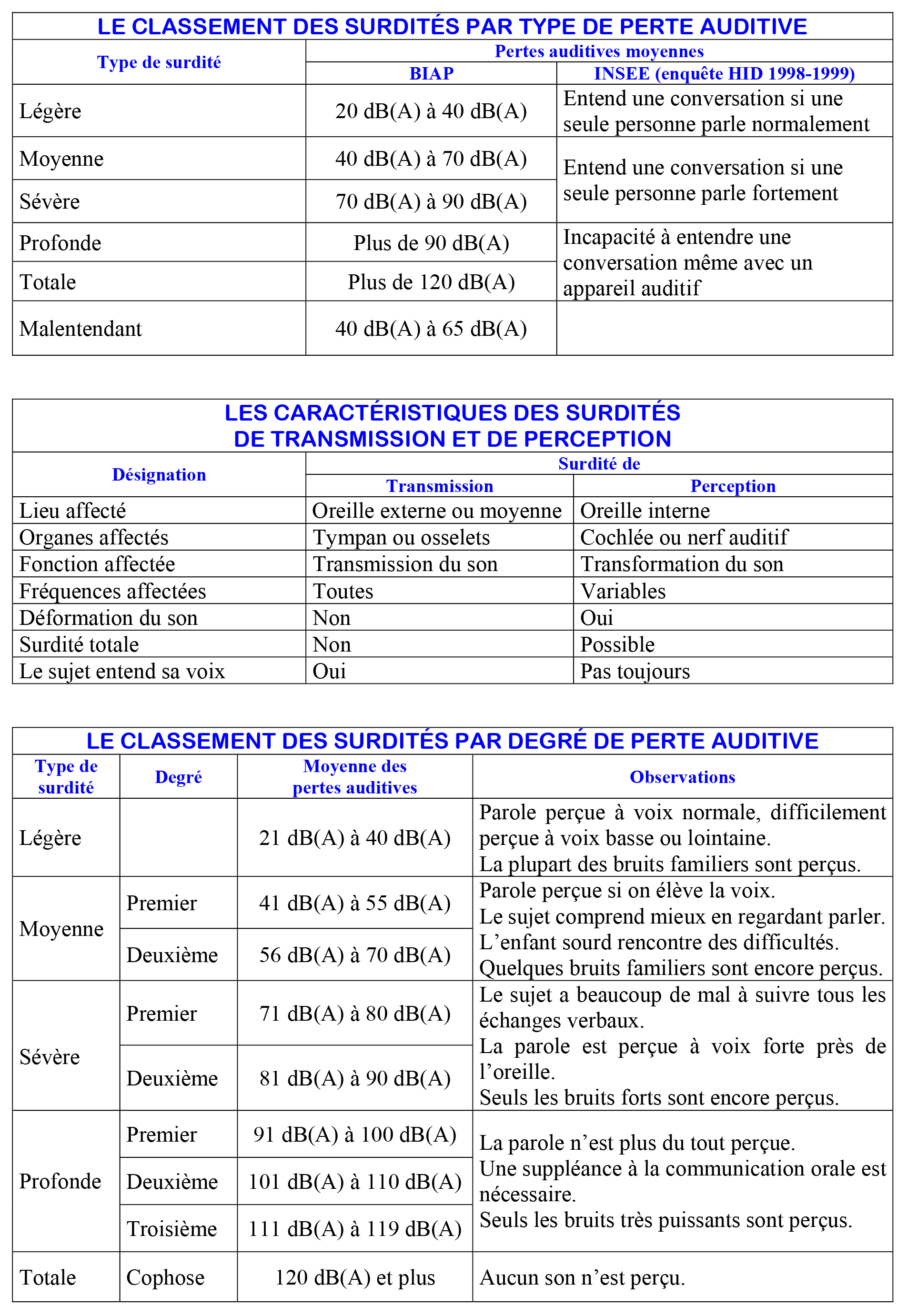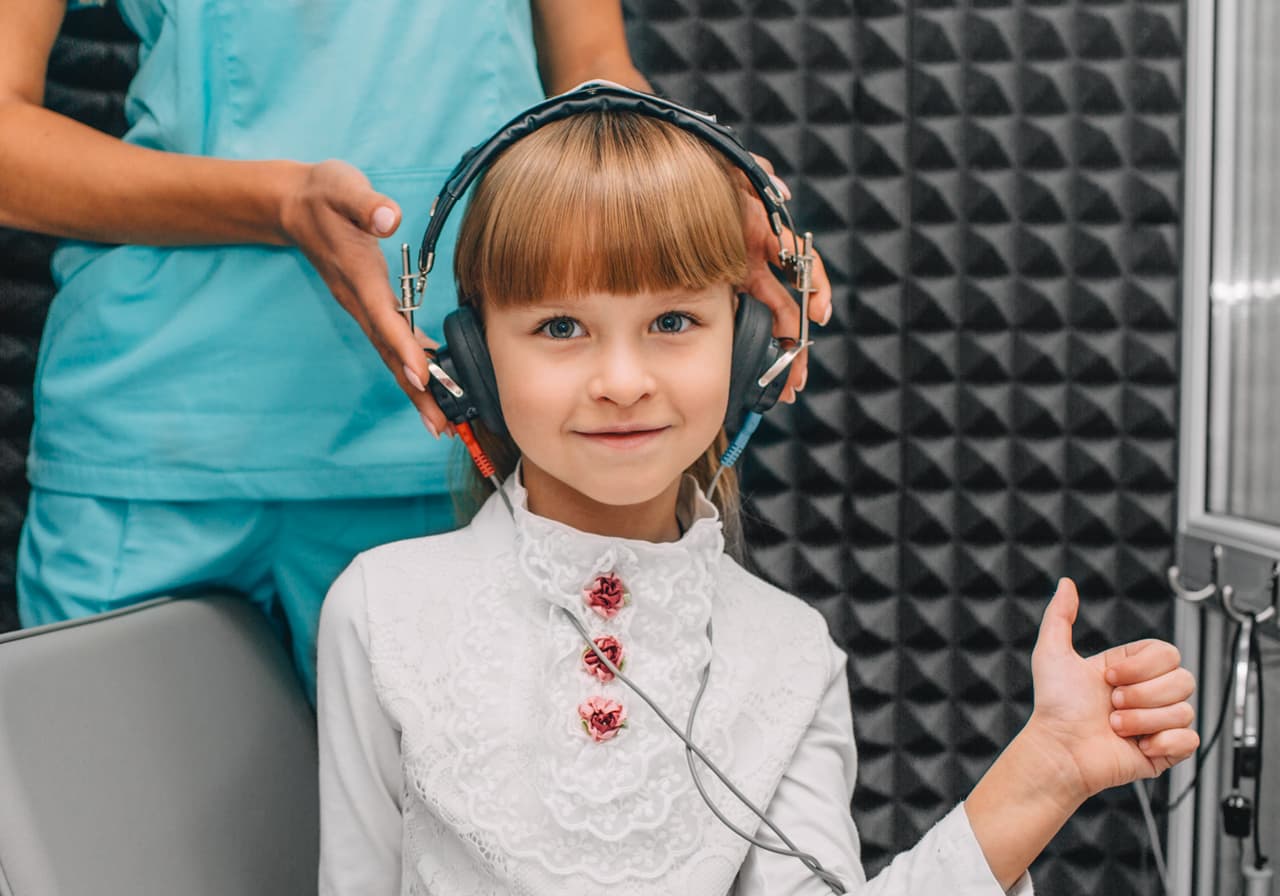Hearing assessment
Why?
- If you feel you can’t hear or understand conversations well, especially on the phone or in noisy environments (cafés, restaurants, public transport, etc.).
- If you need to look at your interlocutor’s lips when he or she speaks, or have words or sentences repeated.
- If those around you complain about the volume of the radio or television, and you don’t respond to the call.
- If you have tinnitus (whistling, buzzing) in one or both ears.
- If you systematically change sides to answer the phone.
- If you suffer from vertigo, a hearing test is also recommended.
- If your infant doesn’t startle, turn his or her head, or move his or her eyes and body in response to loud noises.
- If your child doesn’t speak very well, or makes syllable errors.
- If your child’s teacher talks about attention problems in class, or behavior problems with other children.
- If your child’s school results drop unexplained.
A hearing test carried out by an ENT specialist will enable us to accurately identify the degree and type of hearing loss, and propose an appropriate solution..
For whom?
ADULTS: Hearing loss particularly affects people aged 60 or over in the widespread case of presbycusis (hearing loss related to aging of the inner ear), but all age groups can be affected in the case of rarer pathologies (familial deafness, genetic, syndromic, otosclerosis, cholesteatoma, chronic otitis, acoustic neuroma, history of radiotherapy, eustachian tube pathology, eustachian tube deafness), genetic, syndromic, otosclerosis, cholesteatoma, chronic otitis, acoustic neuroma, history of radiotherapy, eustachian tube pathology, sudden deafness, cavum tumor, traumatic exposure to very loud noise, ototoxic medicines, etc.).
CHILDREN: Hearing loss mainly affects children between the ages of 6 months and 12 years suffering from serous otitis, or chronic middle ear mucosa with a thick, sticky fluid that limits the proper vibration of the eardrum and ossicles. These symptoms may require the eardrum to be opened. But we mustn’t overlook other, rarer causes, especially congenital ones, which systematic maternity screening could have overlooked even years earlier.
Any recent unilateral deafness of any age should prompt consultation with an ent, as treatment will be all the more effective if administered early in the case of sudden deafness.
Classification of hearing loss


Where and how?
In the consultation room, ideally with a soundproof audiometric booth for standard examinations.
OEAPs and PEAs must be performed on a calm or sleeping child, making them delicate in the usual consultation room.
The hearing assessment for cooperative adults and children comprises several stages:
- Otoscopy, clinical examination of the external auditory canals and eardrums, ideally performed with the aid of a microscope, which first cleans the auditory canal of any earwax plugs and then allows any abnormalities to be accurately observed.
- Tympanometry, which indirectly explores the flexibility of the eardrum, the ossicles and the auditory tube (known as the Eustachian tube), a bony and membranous canal that ventilates the inside of the ears and balances pressures with the outside.
- Acoumetry with one or more tuning forks is now rarely used.
- Audiometry, tonal (listening to pure tones) and vocal (listening to and repeating disyllabic words) which will explore your hearing. Stimulating sounds are delivered by air, using headphones, or by bone, using a vibrator placed behind the ear. Children who are too young for standard audiometry can be referred to a specialized center, where appropriate behavioral audiometry tests can be performed..
An auditory assessment can also be carried out at birth, with a search for induced acoustic emissions (OEAP), especially if the newborn was in intensive care at birth (premature < 34 weeks, birth weight less than 2kg, severe respiratory pathology, neonatal asphyxia), has been infected with the rubella virus or CMV during pregnancy, has received ototoxic treatments (aminoglycosides, diuretics), has a family history of deafness before the age of 50, or has a craniofacial malformation. If OEAPs are present, the hearing loss will be a maximum of 35 db on conversational frequencies, but there may also be no loss at all, so this is reassuring. Rapid referral to a hyperspecialized referral center and auditory evoked potentials (AEP) may be required in the event of bilaterally absent OEAPs.
Complementary assessment
Appart from the hearing test described above, your ENT specialist may decide to carry out the following tests, depending on the case :
- a rock scan (the rock is the bone that surrounds the inner and middle ear and contains the ossicles).
- an MRI of the acoustic-facial bundles (the acoustic-facial bundle corresponds to the cochleovestibular and facial nerves, which are anatomically very close).
- a biological blood test that varies according to the medical context.

Make an appointment for a hearing test in La Roche-sur-Yon, Vendée
Dr Antoine Delagranda will be happy to answer any questions you may have about hearing tests. Dr Delagranda is a specialist in ENT surgery at the Clinique Saint Charles in La Roche-sur-Yon, Vendée.

